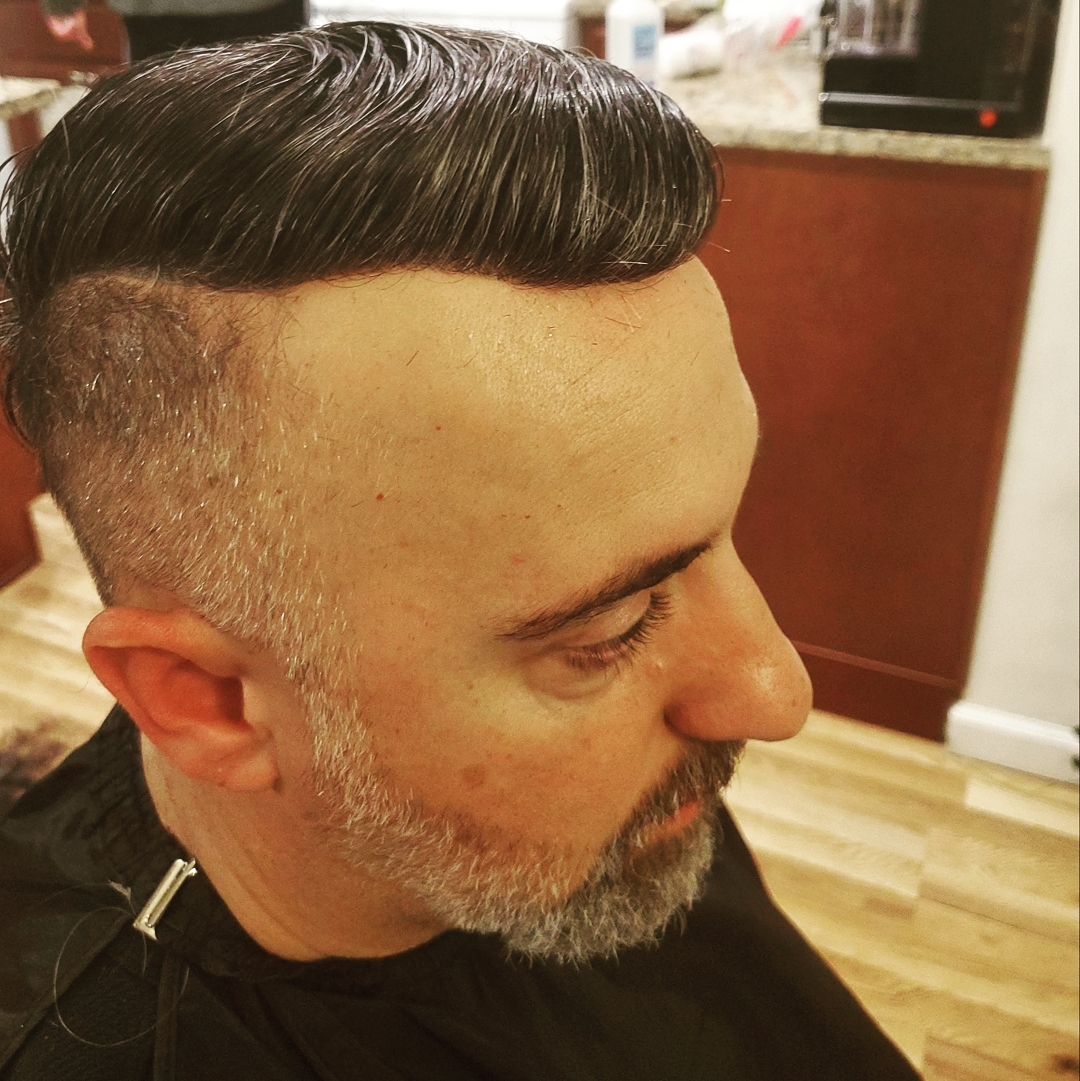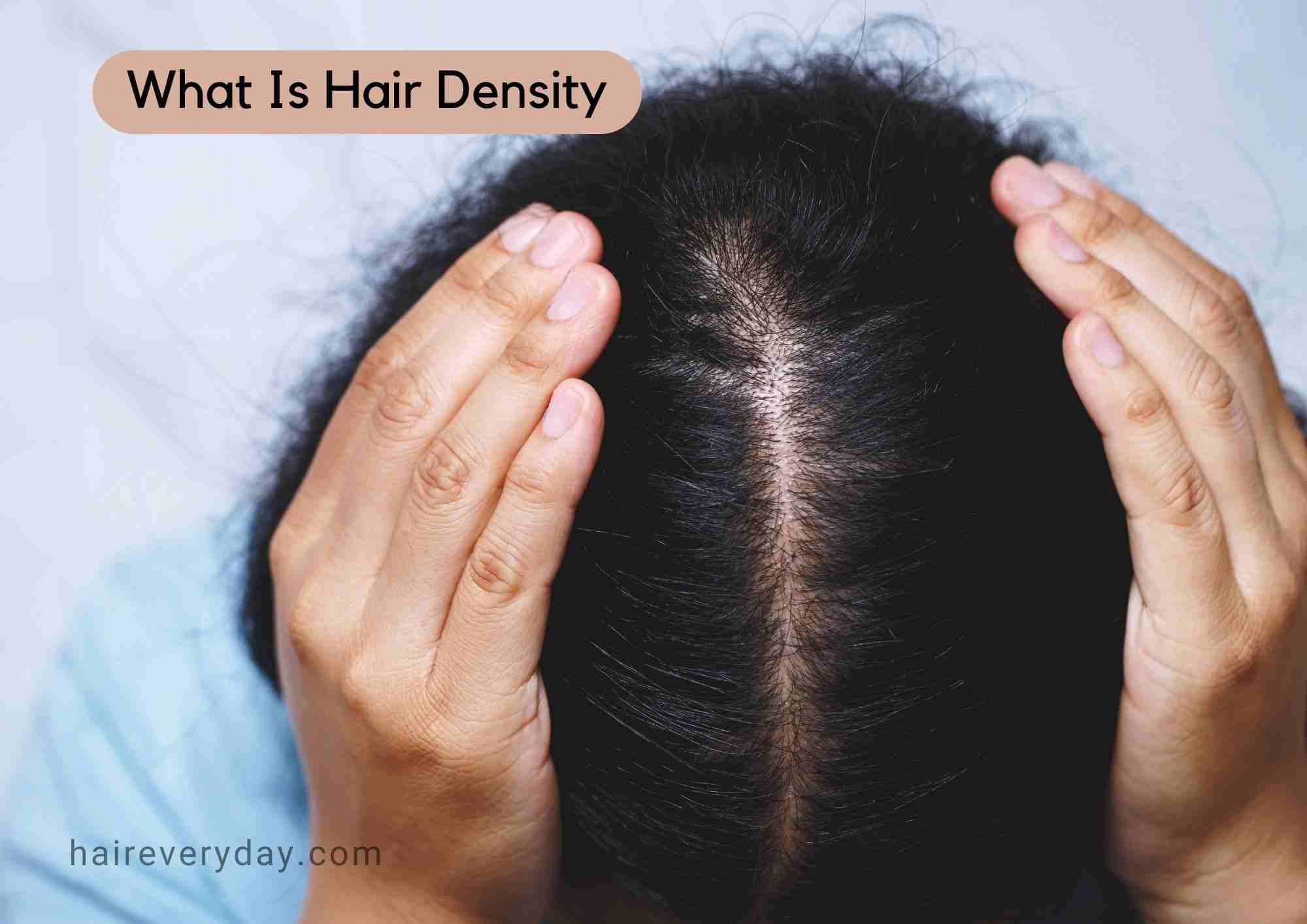Hair Density: How to Measure It and Maximize Your Mane F Y.I.
Table Of Content

This method is more convenient and claimed to have lower adverse effects than long-term evasive procedures (10). Hair density refers to the number of strands that grow per square inch on your scalp. It can vary during your life, changing over the course of years and through adulthood.
Side effects of shaving your head
Recognizing hair density loss is crucial for taking proactive steps to address the issue. Consult with a hair specialist who can recommend treatments like PRP therapy or laser therapy to enhance hair density. During FUT surgery, a surgeon cuts a strip of skin, typically from the back of the scalp, and then removes individual follicles. During FUE, the surgeon removes individual follicles directly from the scalp. If your hair density falls somewhere in the middle, you don’t need to do much to change the volume of your hair. A 2017 study compared the hair density of people of Hispanic descent to those of African or Caucasian descent.
Bouncy Strength Volume Foam
"But, while density and thickness can vary from person to person, how you take care of your hair can lead to changes in thickness and density," Josh cautions. To figure out whether you have low- or high-density hair, do the ponytail test. Now that we've nailed down the difference between thickness and density, let's take a look at your strands to measure the thickness. Most of us have roughly 80,000 to 120,000 fibers on our scalps. You may think that’s a huge number, but remember, you’re shedding about 100 strands per day.
Scalp Test
If you have a low hair density, you may want to stick to hair products and hairstyles that add volume. If your hair density is on the higher end, you may want to focus on reducing volume. If you have one or more nutritional deficiencies, you may experience hair loss or thinning of your hair. Making sure you’re eating a well-balanced diet with an adequate protein intake can help you prevent deficiencies that may affect hair growth. Like many other aspects of hair — like its color and texture — hair density is determined by genetics. Your hair grows out of a part of your skin called a hair follicle.
Consult a stylist for product recommendations based on your hair type. Our hair density can change over time, like a river that ebbs and flows. Aging, hormonal changes, and other factors can all affect our hair's thickness.
How to determine your hair’s density
Genetics are responsible for the number of hair follicles in an area of the scalp. Hormones can also cause more hair follicles and, therefore, more hair. While there are ways to measure hair density, they are subjective and not very accurate. For example, you can use a “hair growth calculator” online to estimate your hair density, but it’s not always reliable. While there is no one-size-fits-all measurement for what constitutes good hair density, it is often defined by individual factors such as genetics, age, and personal preferences. For medium-density hair, you can use a variety of products to enhance your natural texture.
For straight hair that falls flat, use a curling iron for mermaid-like waves and lightweight styling products such as a soft-hold mousse to hold the style. Folks with curly hair can also try volume-boosting techniques like Bantu knots (petite, coiled buns) to add some bounce to your natural hair sans heat. Knowing your hair density also helps to identify what type of hairstyles and haircuts are best suited for you. If you already know your hair density, it’s easier to pick out styles that will suit you well.
Does shaving your head increase hair density?
Understanding your hair’s density is one of the most important characteristics to know about your hair when developing your curly hair routine. When you understand your hair density, together with its texture, porosity and curl type, you can create the perfect routine for your unique hair needs. If you have low-density hair, meaning fewer hairs per square inch, you may want to avoid heavy styles that can weigh down your strands. Determining your hair density can help you make informed decisions about which hairstyles will work best for you based on the amount of natural volume and body your locks possess.
Traits of Healthy Hair
15 Best Hair Growth Shampoos for Thinning (Tests & Reviews 2024) - Cosmopolitan
15 Best Hair Growth Shampoos for Thinning (Tests & Reviews .
Posted: Thu, 11 Jan 2024 08:00:00 GMT [source]
Hair density refers to how many strands of hair grow per square inch of your scalp. To keep curls healthy, bouncy, and defined, you’ll need to experiment with products to find the ones that work best for your hair. The curlier and more porous your hair is, the more likely you are to need intense, regular moisturizing to keep it healthy. It’s a good idea to take stock of the products you’re using if your hair density has changed. There are some steps to take to protect natural hair during a workout, but more and more type 4 naturalistas are discovering that healthy bodies and healthy hair really can coexist. Dry, damaged hair is a common problem that can be caused by a variety of factors, including over-washing, heat styling, and environmental damage.
Regular hair care and proper nutrition can help maintain healthy density levels. We all have different hair types, and one of the most important factors in determining how our hair behaves is its density. Hair density refers to the number of strands on your scalp per square inch. This can range from low-density hair with fewer than 2,000 strands per square inch to high-density hair with over 4,000 strands per square inch.
If you can see your scalp without moving your hair, your hair density is likely on the lower end. If you need to move your hair slightly to see your scalp, your density is probably somewhere in the middle. If it’s difficult to see your scalp, your hair density is likely high.

You can experiment with different hairstyles as your hair does not fall at either end of the spectrum. Based on how you choose to style your locks, you can use products that protect them from further damage. These create an illusion of hair fullness and a larger crown of hair.
And before we begin, there's no density that's ideal—it's just a fact of hair that is individual to each of us. Though often misunderstood, hair density is actually important. There's high hair density, medium hair density, and low hair density. And the truth is, it affects the way we care for and style our hair—and gives us a deeper look into the appearance of our locks. You can estimate your hair density at home by examining your scalp or measuring the circumference of a ponytail. If you’re unsure what your hair density is, you can also try asking a stylist.
Your ponytail may feel very small and you might find you need to wrap your hair ties around multiple times for them to hold your hair. Understanding your hair density is key to properly caring for your locks. By determining whether you have low, medium, or high-density hair, you can tailor your hair care routine to meet the unique needs of your tresses. Experience thicker, fuller-looking locks with high-density hair! Achieve enviable volume and bounce with the right styling products.
Comments
Post a Comment